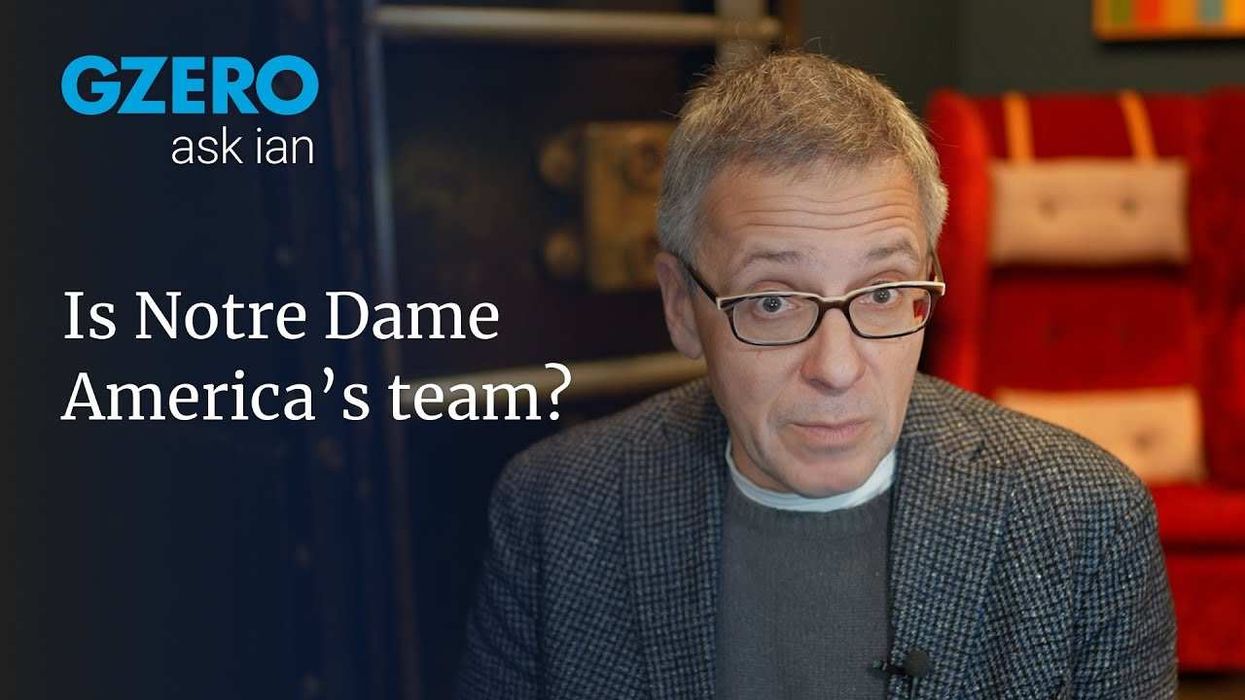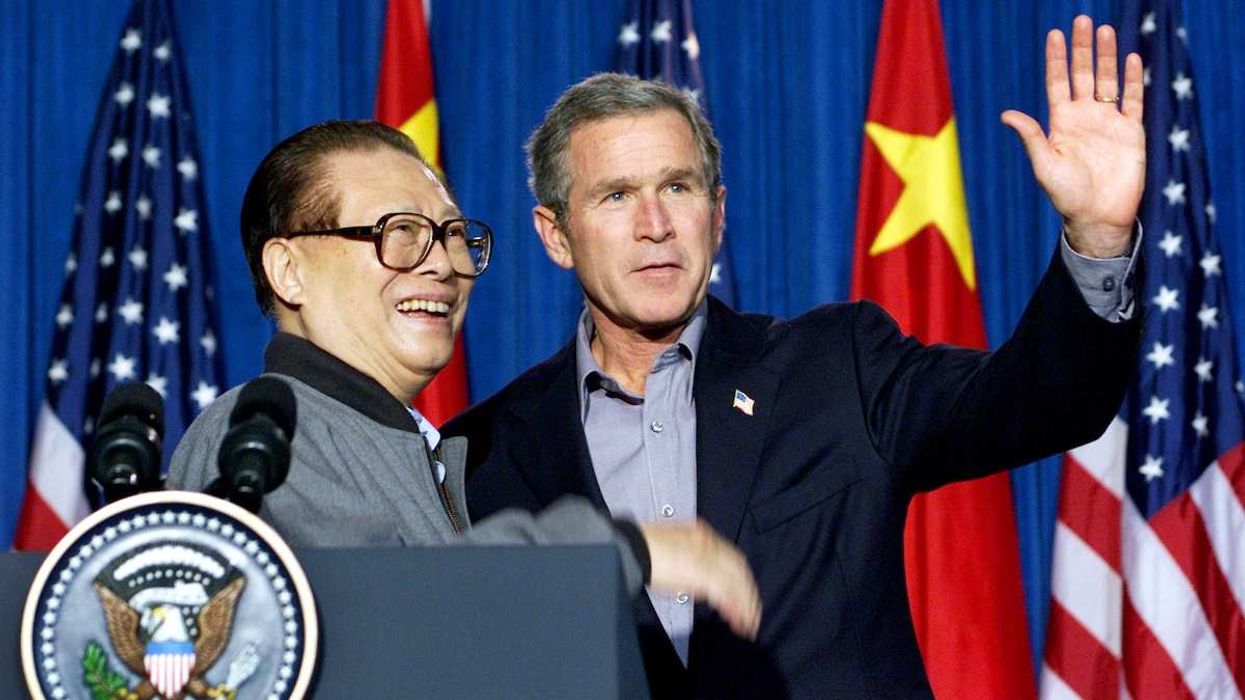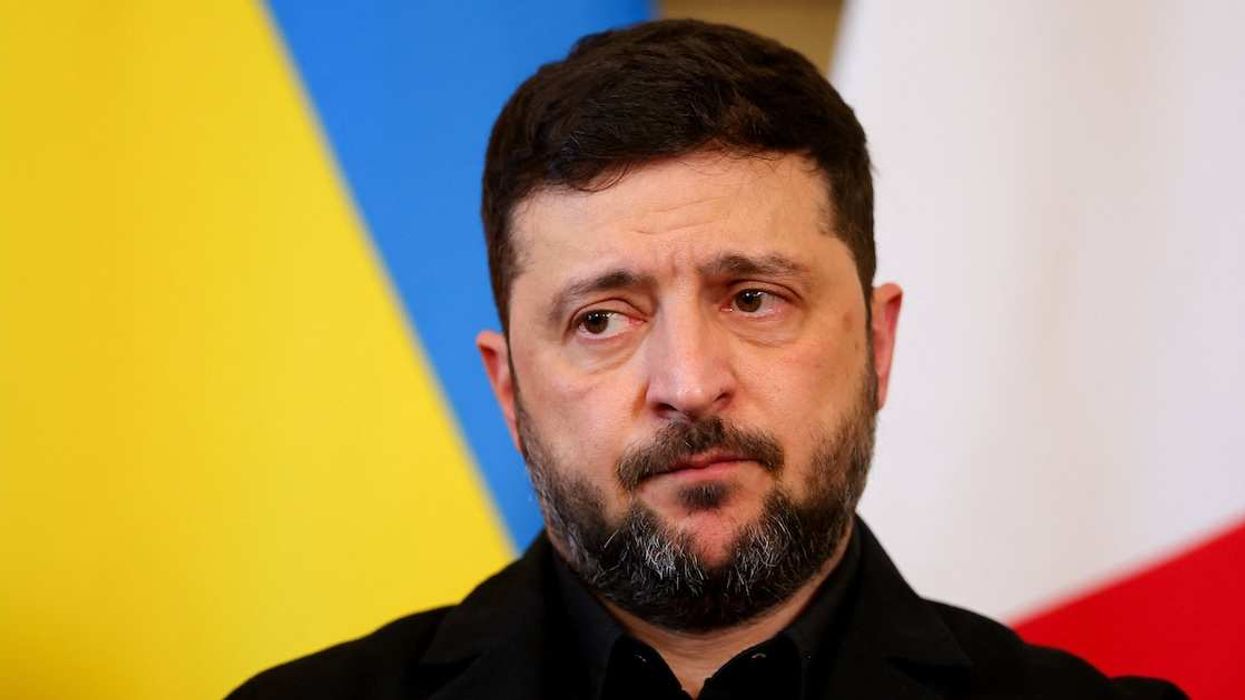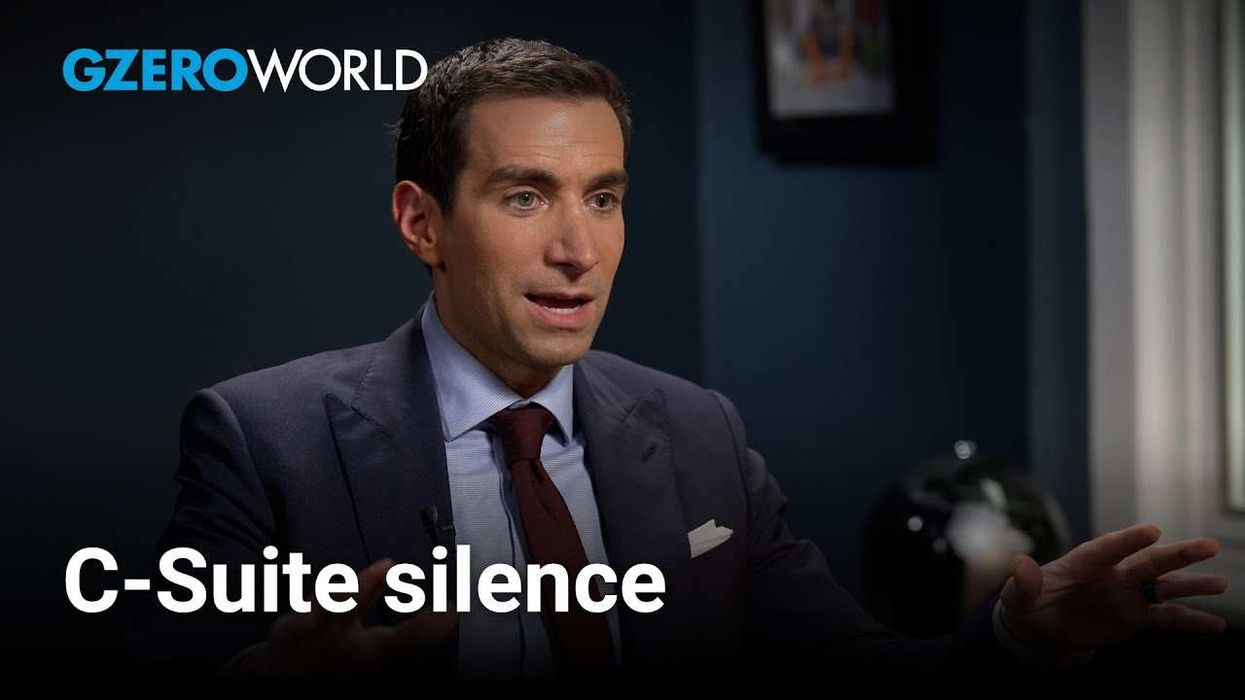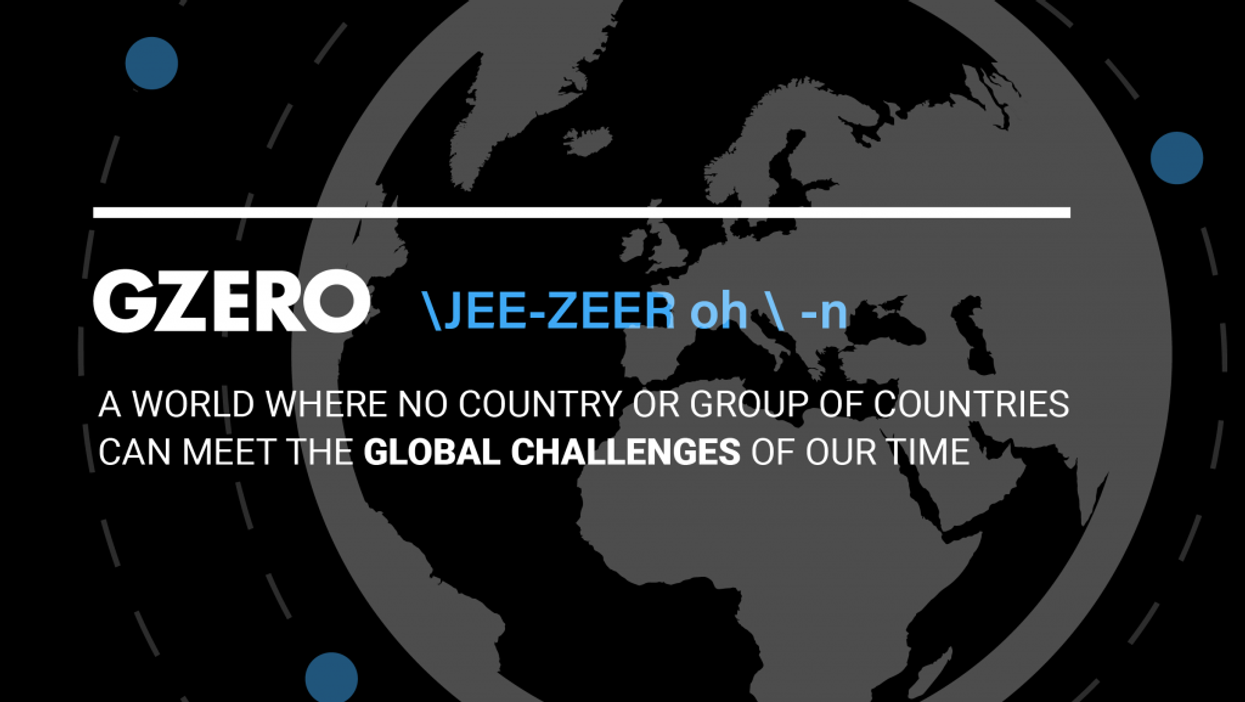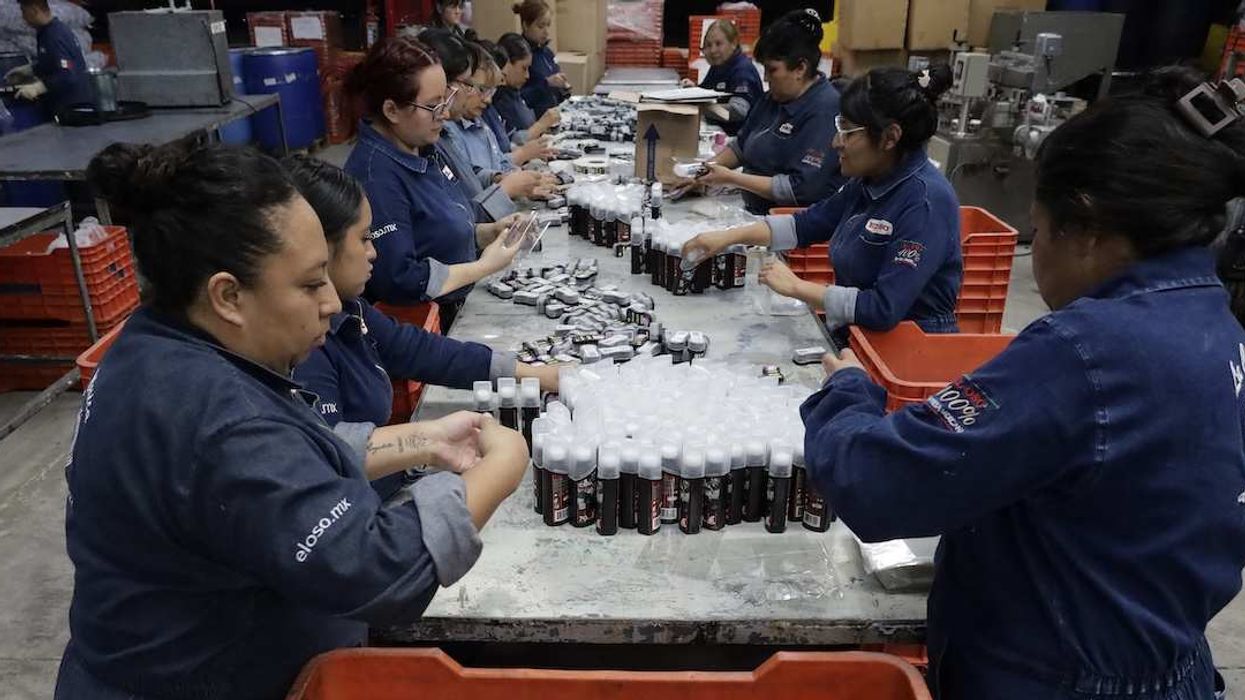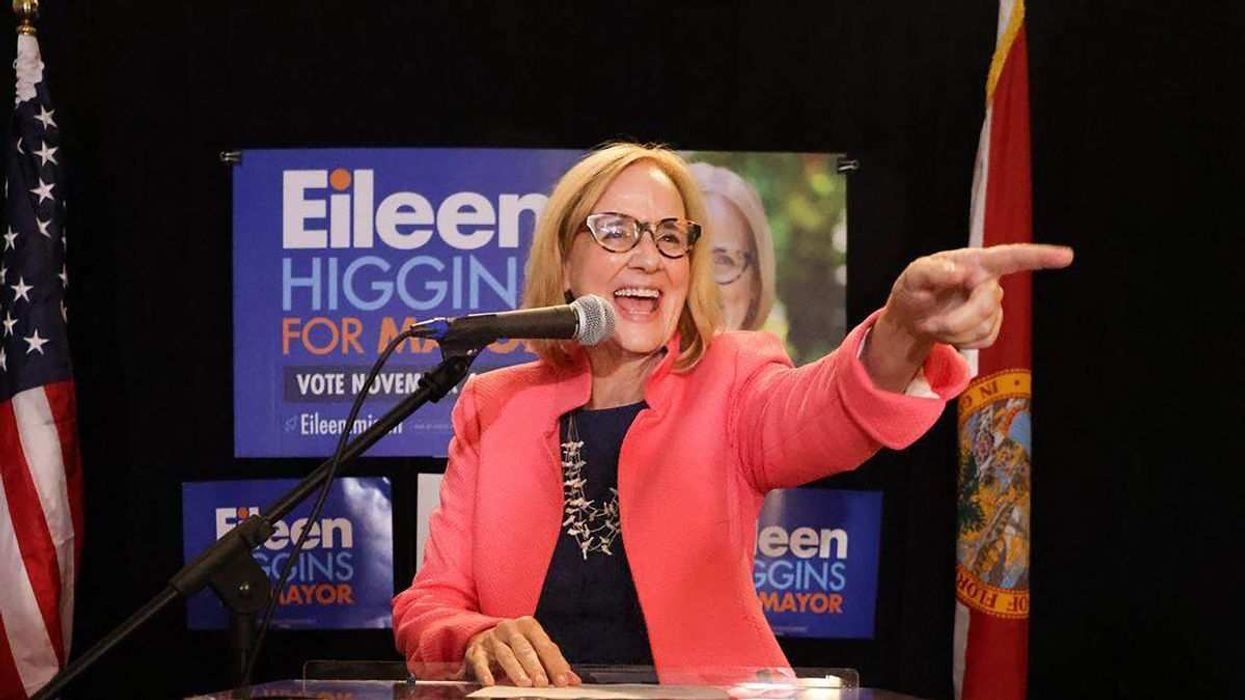Japanese Prime Minister Shigeru Ishiba’s resignation announcement on Sunday triggered the country’s second leadership battle in less than a year, plunging his center-right Liberal Democratic Party (LDP) deeper into a political crisis.
The party has held power for most of the last 70 years, but recently lost majorities in both houses of the National Diet and suffered a historic defeat in Tokyo’s city council elections. This string of defeats, combined with a stagnant economy and higher inflation, spelt the end for Ishiba.
The LDP must now select a new party leader, who is likely to replace Ishiba as prime minister. That process is likely to unfold in October, though it could come sooner given the urgency of the situation.
To better understand how the leader of Japan, the world’s fourth largest economy, got into this mess after less than a year in power, and who is most likely to replace him, GZERO spoke to one of the top experts on Japanese politics: Eurasia Group’s Japan Director David Boling.
GZERO: Why did Ishiba resign?
Boling: “Three strikes, you’re out,” is probably the most compelling argument against Ishiba. He basically was the leader of the party, and they had three elections where they lost. After that upper house election in July, there was a pretty hard push by a lot of conservatives to call for a special election. Ishiba has a three-year term that started last September, when he was elected. It is unprecedented for the LDP to call for basically a midterm intraparty election. Ishiba was able to stall that for a while, but the momentum started to come back strong.
Last week, they had set up a vote on Monday for whether to have a leadership election, and Ishiba saw the writing on the wall over the weekend. Instead of seeing how this special election would turn out, he could tell that he didn’t have the votes.
Who are the favorites to replace him, and what are their stances?
The two favorites to replace him are well known – they came in right behind Ishiba in the party leadership vote last September.
The person who finished second behind Ishiba was Sanae Takaichi. She is conservative, nationalistic, and a proponent of “Abenomics,” which is loose monetary and fiscal policy. But she’s probably best known for her nationalistic views. She’s a hawk. [She would also be Japan’s first female prime minister.] The person who placed third is Shinjiro Koizumi, a well known name in Japan because his father was prime minister. He’s young, charismatic, and popular. Since they are both members of the LDP, both candidates are broadly pro-US alliance, and right of center. I would put Koizumi as more moderate, and Takaichi as more conservative.
Last thing: what’s the biggest thing to watch out for going forward, once the new leader is determined?
Last October, the LDP and its junior coalition partner Komeito lost their lower house majority, so they now have to work with one of the opposition parties to have enough votes to elect the new LDP leader as prime minister again. I think that it is very likely that whoever is the LDP president will become the next Japanese prime minister, but there will have to be some sort of deal worked out with the opposition parties to have enough votes to approve that person as the next prime minister. The LDP-Komeito coalition may have to make concessions on items for the annual budget, agreeing to spending or taxing provisions favored by the opposition. So that will be the next big watch point.



